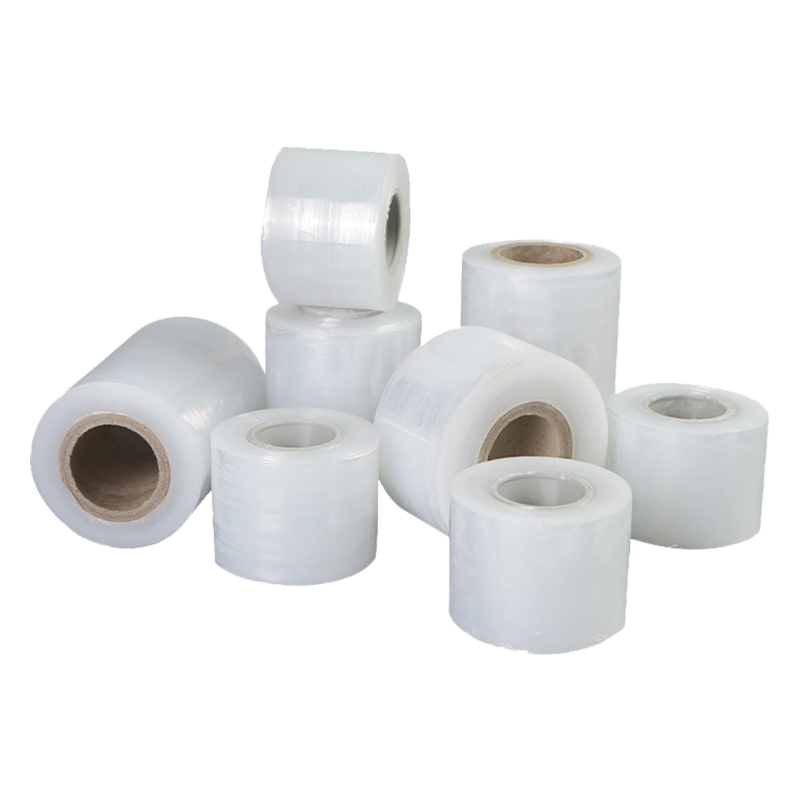How Micro-Perforation Technology Helps Preserve Vegetable Freshness with Breathable Packaging Film
Maintaining the freshness of vegetables after harvest depends heavily on controlling the internal environment of the packaging. Vegetables continue to respire post-harvest, releasing moisture and gases that, if trapped, speed up spoilage. This is why micro-perforation technology has become a critical element in the development of vegetables breathable fresh-keeping film. These tiny, carefully spaced holes allow just the right amount of airflow, letting excess moisture and gases escape without compromising protection. The size, distribution, and precision of these perforations are tailored to suit specific packaging conditions, helping to create a more stable atmosphere around the produce.
A major benefit of using breathable film with micro-perforations is its ability to manage gas exchange in a controlled way. Vegetables require a delicate balance of oxygen and carbon dioxide within their packaging to stay crisp and appealing. A sealed, non-permeable wrap might trap too much moisture or suffocate the contents, leading to discoloration, bad odors, or early decay. With the right perforation pattern, this balance is maintained more effectively. Leafy greens, root crops, and moisture-sensitive varieties all have different respiration rates, and breathable fresh-keeping film can be designed to suit those differences by adjusting the airflow characteristics.

The way these micro-perforations are created is just as important as their purpose. Advanced film manufacturing equipment uses precision laser or needle technology to ensure each perforation is uniform and consistent across the roll. This consistency plays a key role in packaging reliability, especially in high-speed production environments where predictability matters. A quality film won’t just preserve freshness—it will also perform reliably on packing lines, reducing downtime and material waste. These technical aspects are often overlooked, but they’re essential for businesses that value stability in their packaging operations.
Different vegetables release moisture at varying rates. High-respiration produce like herbs or mushrooms might need a higher density of micro-perforations, while denser vegetables with lower gas output require a tighter control of permeability. Matching these needs to the right type of vegetables breathable fresh-keeping film can make a measurable difference in reducing returns, cutting losses, and improving shelf presentation. By avoiding one-size-fits-all materials and choosing film designed for specific produce, suppliers gain greater control over product life and appearance.
Micro-perforated breathable films also contribute to more efficient logistics. Reducing internal moisture buildup helps avoid condensation during cold storage and transit. That means less shrinkage, better color retention, and fewer quality complaints. Our customers often notice that their products retain a just-picked appearance longer, which helps enhance the value of their offering at point of sale. Since our films are available in a range of widths and thicknesses with either paper or plastic cores, they can be integrated into various packaging systems with minimal adjustment.
A high-performance vegetables breathable fresh-keeping film is more than just packaging—it’s a freshness management tool. By combining proven micro-perforation technology with quality materials and thoughtful customization, it becomes a dependable part of the supply chain. For businesses that rely on delivering vegetables in peak condition, even across long distances, this technology offers a practical and effective way to support product quality and customer satisfaction.

prevNo previous article
nextHow EPE Foam Profiles Contribute to Sustainable Packaging Solutions and a Greener Future



 English
English 中文简体
中文简体 Español
Español
















